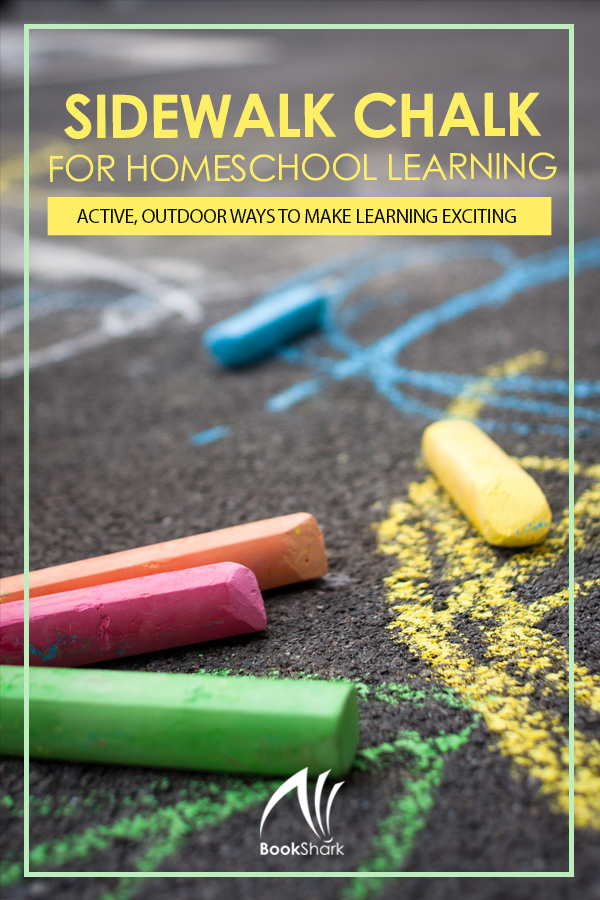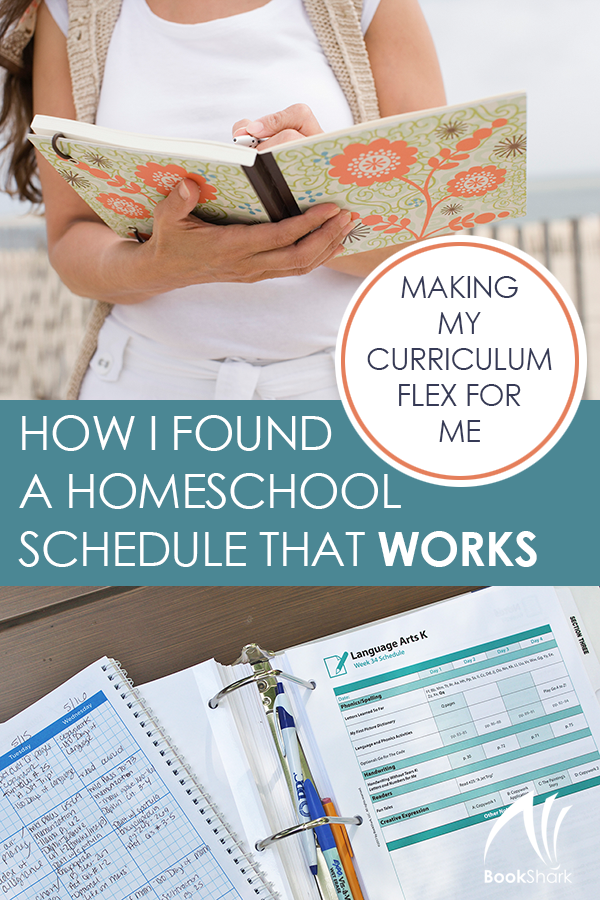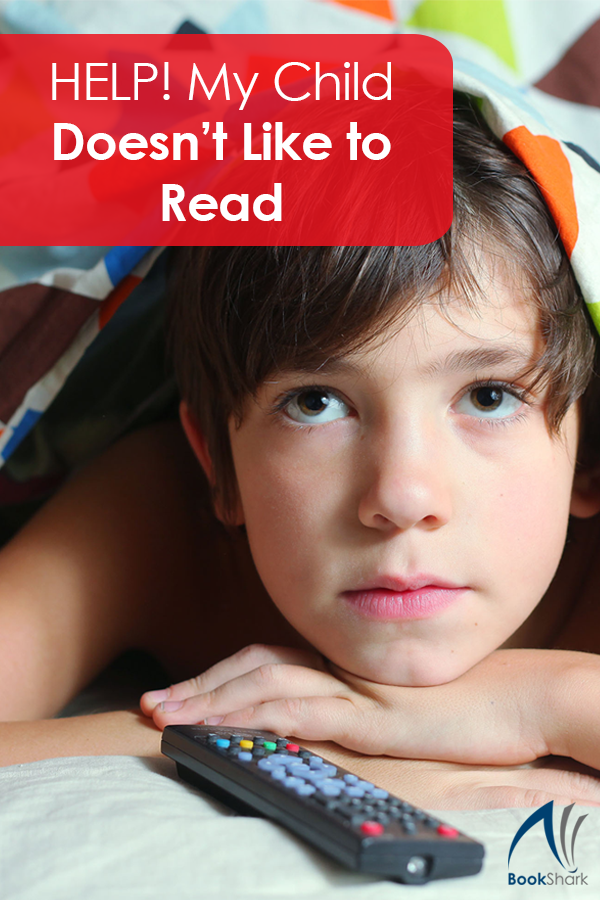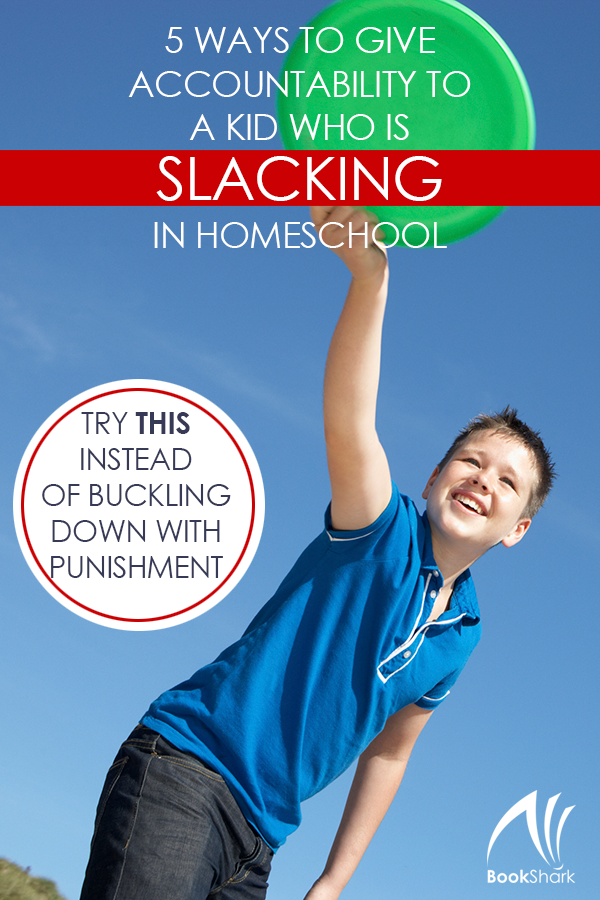If you’re looking for an inexpensive way to liven up your school day, grab a bucket of sidewalk chalk and head outside. While it’s easy enough to let kids go wild and create whatever they want, consider adding some structure and hands-on education to your outdoor chalk time.
Below you’ll find activities focusing on a variety of subjects —math, science, language arts— that have one element in common; they can all be done outside with sidewalk chalk. These activities are adaptable, so feel free to use these directions as a springboard for your own fun! Modify the ideas below depending on your child’s age and ability.
Engage Your Kids with These Chalk Activities and Games
1. Chalk Sundial
In an area of full sun, draw a large circle with chalk. Mark off the center of the circle. Early in the day, at the top of the hour, have someone stand on the center mark. Then, have someone else draw the shadow that is created. At the shadow’s edge, write down the time. Throughout the day, repeat the process. You’ll see the shadow moving across the circle.
Questions to ask:
- How does the sundial work to tell time?
- How accurate is a sundial?
2. Math Path

Draw a large hopscotch board; feel free to extend it by adding extra boxes. Place a different number inside each box. Give your child a specific math function to solve in order to move into each box. For example let’s say you have the number 63 in the first box. Say, “Use division to get to 63.”
Make it harder:
- Instead of having them solve one math equation, make them answer many to move into a box. Using the above example, ask them to use addition, subtraction, multiplication, and division to get to 63.
- As they move along the boxes, have kids determine whether a number is a prime number or not.
3. Spelling Circles
Draw many circles across a large area of your driveway. Write one letter into each circle. Give your child a word to spell and have them move among the circles, spelling it out.
Variations:
- Instead of having kids move from letter to letter, give them a specific movement. For example, “For this word, skip through the letters.”
- Let your student create words from the letters in the circles. If you want to make it more challenging, have them stick to different word lengths each round, for example six letter words.
Additional Outdoor Chalk Projects
Build a Story
Write a list of random words using chalk, and have your child jump from word to word, making up a creative story as they move along. You can also do this with two people by letting them take turns choosing words but contributing to the same story.
History Timeline
Choose a period a historical figure from your history lessons and create a timeline. Include both dates and pictures. Stick figures are welcome!
Recreate a Masterpiece
Have your child choose a piece of art they love and then let them make it with chalk. Discuss the pros and cons of using chalk as an art medium.
Solar System
Kids won’t be able to draw a life sized solar system, but they can chalk one using proper ratios. Have your student do some math and measure out each planet to make an impressive solar system.
Whatever you decide to do, the main thing is to have fun while you’re learning! There are all kinds of chalk available, including neon colors, glow in the dark, and glitter. Hunt around for special chalks to make this outdoor learning activity extra special.































